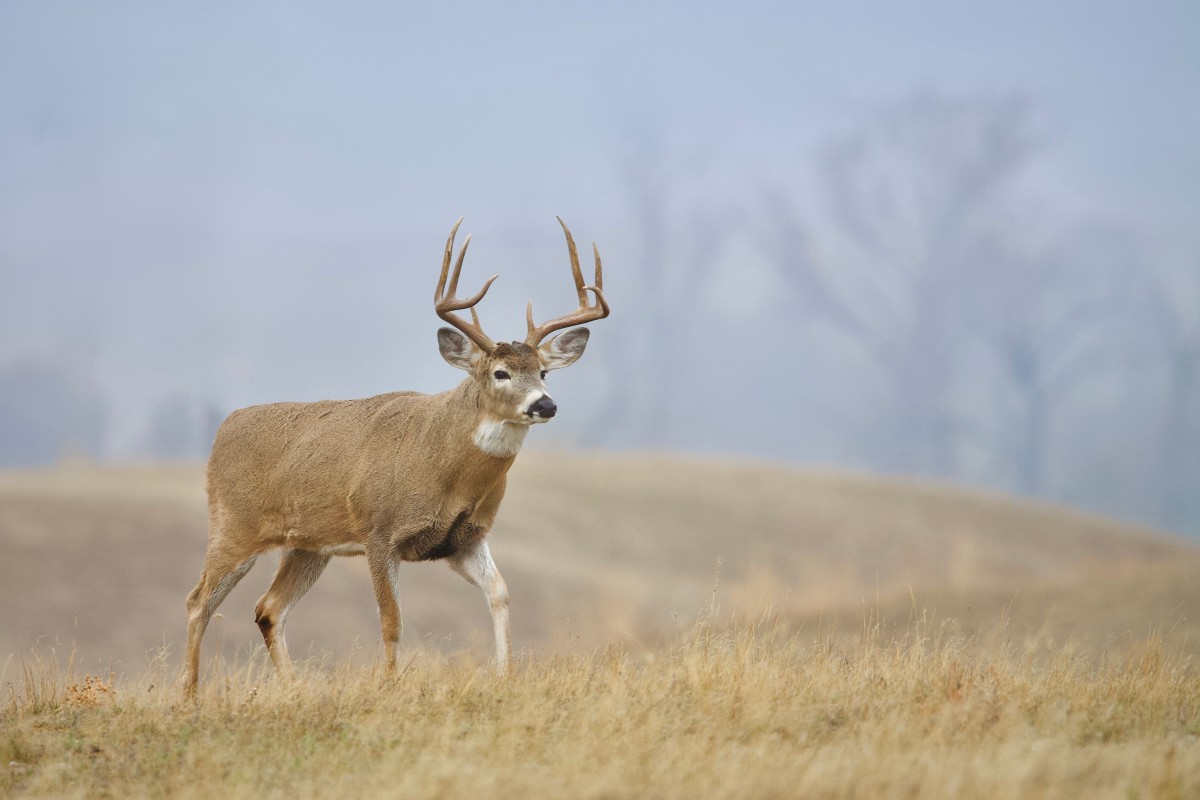Iowa CWD & EHD Update 2025

Iowa CWD & EHD Update
There is nothing better than Iowa’s outdoors. When it comes to deer hunting, I’ve asked, “What’s the biggest threat to our deer herd?” While lots of options come to mind: coyotes, predators, anti-hunters and more. One of the biggest threats is actually the local health of our deer. For those of us who hunt and love the outdoors, a healthy deer herd is everything. Disease like Chronic Wasting Disease (CWD) and Epizootic Hemorrhagic Disease (EHD) are a real and growing threat. It’s a very real threat, and if you’ve hunted in Iowa the last 5 years, I’m sure you’ve seen the destruction these two disease can cause on our local deer herds. So, our best bet is to get ahead of the problem with a solid management plan to protect our local deer.
Chronic Wasting Disease (CWD)
Chronic Wasting Disease (CWD) is a fatal neurodegenerative disease that affects deer, elk, moose, and other members of the deer family. The first confirmed case of CWD was reported in 2013, originating from Allamakee County. Before the first confirmed case here in Iowa, CWD had been detected in every bordering state. The Iowa DNR implemented its response plan for the disease and increased testing in the area. Since the first case was confirmed, the disease has continued to rise. “CWD has currently been detected in twenty-nine of Iowa’s counties,” said Jace Elliot, Iowa DNR State Deer Biologist. “CWD continues to spread in geographic spread and prevalence. Over the last 5 years, CWD in Iowa has changed from primarily existing in just a few endemic clusters (northeast and south central counties) to being detected across many central and western counties.”
While this is unfortunate news, the prevalence rates appear to be very low in most of these newly detected counties. For detailed information, visit the interactive CWD dashboard at https://www.iowadnr.gov/things-do/hunting-trapping/types-hunting-trapping/deer-hunting/deer-health/chronic-wasting-disease.
Epizootic Hemorrhagic Disease (EHD)
Epizootic Hemorrhagic Disease (EHD) is caused by a virus that is spread by biting midges. Warm, dry weather favors the buildup of the midge populations and increases the likelihood of EHD outbreaks. “As of early September, there has been very little reported EHD activity in Iowa so far in 2025,” adds the biologist. “While severe outbreaks could pop up any time before a killing frost, the high levels of precipitation this summer offer hope for a mild year, which would come as a relief to many Iowa hunters, as the prior two years (2023 and 2024) were among the most severe EHD outbreaks in Iowa’s history.”
Hemorrhagic disease typically affects deer in Iowa between late summer and early fall, although outbreak severity can vary from year to year. Hunters and landowners may discover multiple deer carcasses on a property, specifically near a water source, during these months as a result of hemorrhagic disease. Members of the public are encouraged to report EHD activity through the online reporting tool, which can be found on the Iowa DNR’s Deer Hunting webpage or in the mobile app.
What Can You Do?
Getting your deer tested is a huge deal, especially if you hunt in a known CWD zone. First, it gives our wildlife biologists critical data to track where the disease is and how it’s spreading. Second, it’s about your own health. The CDC recommends that you do not eat meat from an animal that tests positive for CWD.
Getting a sample tested is pretty straightforward. You can find out how online, do it by mail, or even connect with an Iowa DNR biologist to get it done. If you want to geek out on the data, the DNR also has an awesome interactive dashboard on their website showing all the testing stats from this season and past years.
To protect your local deer, there are a few things you can do to limit the spread of CWD. You can start by being careful on how and what you transport from county to county. There are strict rules about transporting a deer, elk, or moose you harvested in a CWD-infected area outside of the state. Iowa law is very clear: you cannot bring the whole animal back. You can only bring back boned-out meat, the cape, and antlers attached to a completely cleaned skull plate (meaning all brain and tissue is gone). If you’re hunting in a CWD known area, you can apply these principles to prevent the spread back to your local area.
It might feel like an extra chore at the end of a long hunt, but it’s one of the most important things we can do to protect our local herd.
BY BEN LEAL
December 2025
For Cattle and Dairy info links below:


